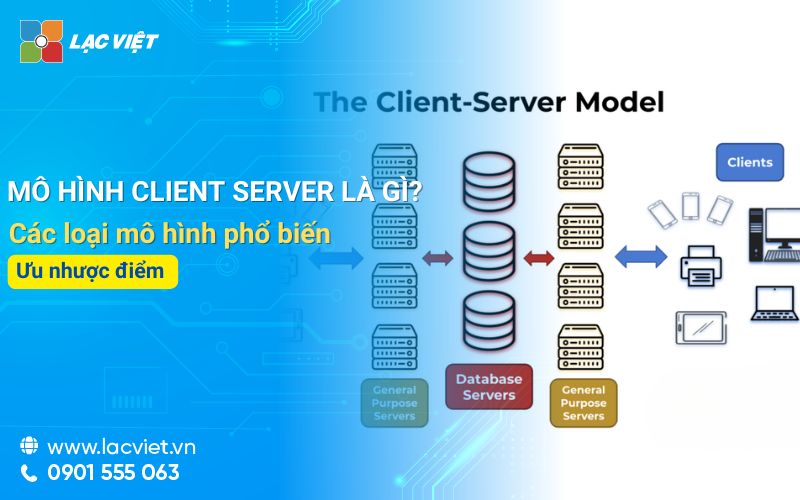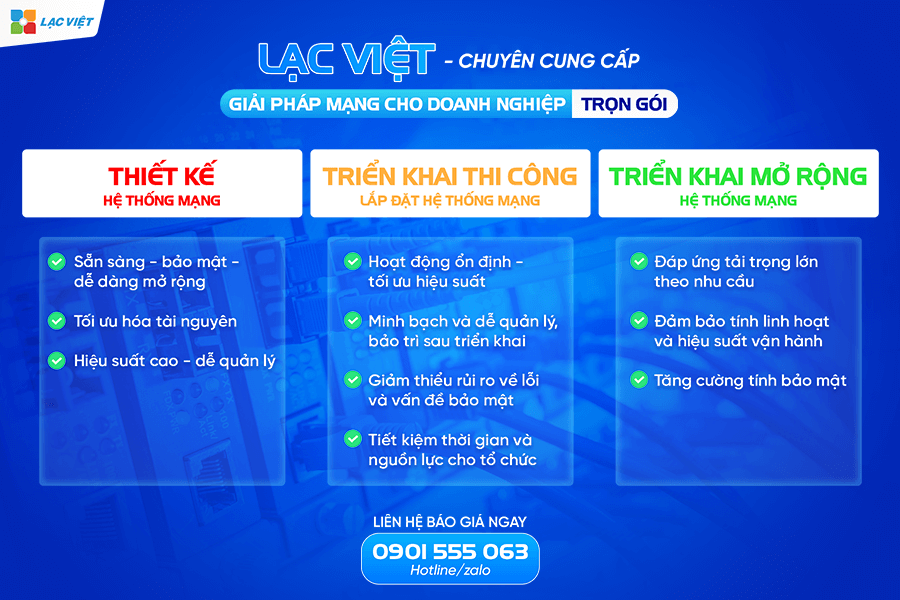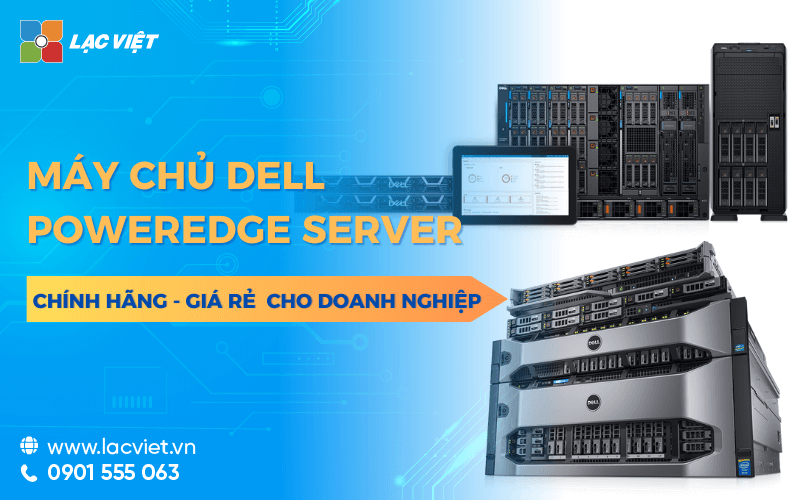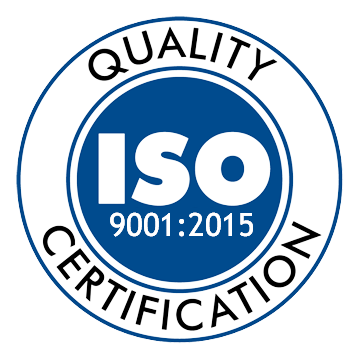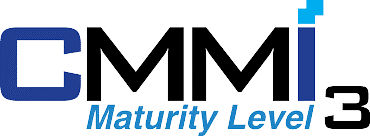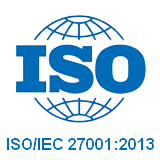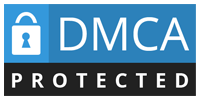In the age of technology development, the enterprise increasingly depends on network systems to optimize operations, data management, connect the parts. One of the network architecture is use today's most popular model is Client Server, play an important role in the operation and management system.
This article Lac Viet Computing sẽ giúp bạn hiểu rõ về Client Server là gì? Cách hoạt động, Ưu nhược điểm – lợi ích và ứng dụng thực tế. Nếu bạn đang tìm kiếm giải pháp mạng phù hợp để triển khai trong doanh nghiệp, đây là tài liệu không thể bỏ qua.
1. Model Client Server what is?
1.1 Workflow Definition
Model Client Server is a network architecture in which the device is called Client (client), send the request to one or more Server (server) to handle and feedback. Server responsible resource management, providing services for the Client, creating a system that works efficiently sync.
Practical example: In a business, the computer of the employee (Client) can access the server data store (s) Server to retrieve information or handle the job.
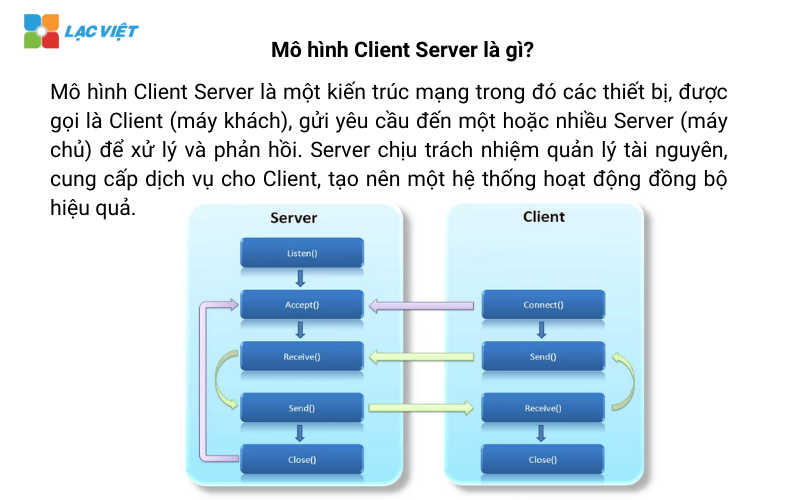
1.2 The main components
Client (client):
- Role: device Client send request (Request) to the Server to retrieve information, access resources, or perform tasks.
- Mission: Send data request; Displayed results are returned from the Server.
Server (server):
- Vai trò: Server là trung tâm xử lý và lưu trữ dữ liệu, đáp ứng yêu cầu từ Client.
- Mission: data storage resources. Management access from Client. Ensure performance, security.
- The type of Server downloads: Web Server handles the request, web browsing, File Server to store and share files, Database Server: database Management, data query processing.
>>> Reference Dell server chính hãng cho doanh nghiệp
1.3 The mechanism of action of the model Client Server
The relationship between Client and Server: Client sends request via network protocols, such as HTTP, FTP, or SQL. Server received request, information processing, returns the result.
Process request and response (Request-Response):
- Step 1: Client sends a request to the Server, for example, requires access to the document.
- Step 2: Server receives the requests, handle, retrieve necessary data.
- Step 3: Server sends response to Client, display data or information required.
Illustrative examples:
When you visit a website, the browser (Client) sends a request to the Web Server. Web Server to handle requests sent site on your browser to display.
- Price server 2025 latest: comparison details according to your business needs
- Dell servers | Dell Poweredge Server genuine for the Titanium of Dell Technologies
- Advice configure server optimized for enterprise-scale, field
- Standard room temperature, server according to international regulations from ASHRAE
2. The model type Client Server popular
Model Client Server to be deployed in many different ways to suit the scale and needs of each business. Here are three types of most popular model along with the application characteristics.
2.1. Model Client Server 2 floors
Characteristics
- The most simple model in the Client Server architecture.
- Client to communicate directly with the Server, no intermediate floors.
- Data is stored and processed in the Server, while the Client only performs duties shown, send a request.
Benefits
- Easy to deploy:in accordance with the system of small business have less users. Duration fast installation, lower cost model more complex.
- High performance: connect directly help reduce latency when transferring data between Client and Server.
Restrictions
- Scalable low: When the number of users increases, the Server vulnerable to overload.
- Security limitations: Data transmission between Client and Server are at risk of being stolen if it is not encrypted.
Application: The system data management as simple as management system, library or software, internal accounting.
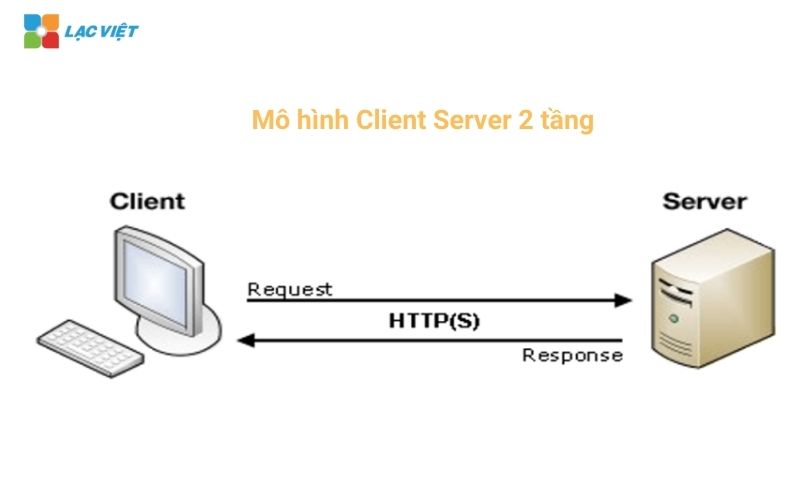
2.2. Model Client Server 3 floors
Characteristics
- Includes three tiers: Client, middle tier (middleware), Server.
- Intermediate floors role logic processing app, helps reduce the load on the Server.
Benefits
- Higher security: the intermediate Floor helps to control encryption of data, limiting the risk of attack from the outside.
- Scalability: easily upgrade each tier without affecting the entire system.
- Separate tasks: middle Tier handles logic, Server centralized data storage, Client only displays information.
Restrictions
- More complex in implementation: request time greater cost to design and build.
- Depends on the intermediate floors: If your floors this trouble, the entire system will be interrupted.
Application: the System of e-commerce, ERP software, or the application need to handle complex data.
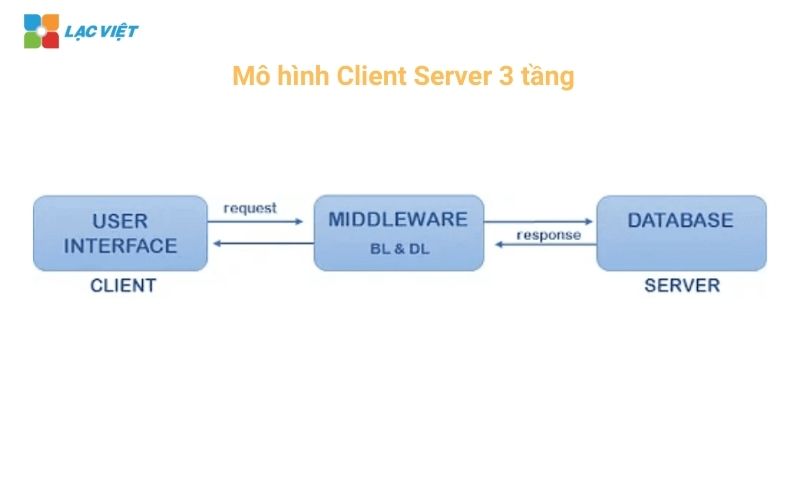
2.3. Model Client Server multi-tier
Characteristics
- Is the expansion of model 3 storey building with many floors, such as adding floor, data analysis, or floor security.
- The tiers are clearly divided, assume each specific function.
Benefits
- Optimal performance: The task is clearly divided, helping to optimize handling, reduce the load for each floor.
- High flexibility: Easy to integrate new technology that does not affect the current system.
- Meet the best system for large: Suitable for large enterprise or system requires high performance and reliability.
Restrictions
- High investment costs: Requires infrastructure, powerful hardware and IT team has high expertise.
- Management complexity: Requires the maintenance process, regular monitoring to ensure all the active sync.
Application: The application, banking, insurance, or system service cloud scale.
Three types of model Client Server (2-tier, 3-tier, multi-tier) provides the right solution for each scale, different needs. While model 2-storey suited for simple systems, the model 3 floors, multi-floors back to better respond to complex applications, and large enterprises.
3. Advantages and disadvantages of network model Client Server
Model Client Server be appreciated thanks to the convenience and efficiency in management, however it also exist a number of limitations need to be considered.
3.1. Advantages
Centralized management: all data resources are stored and centrally managed on the Server. This helps businesses easily organize, control system.
Benefits:
- Easy test and data backup.
- Reduce the risks of loss or loss of resources.
High security: Server role with full control of access rights and data of the Client, minimizing the risk of unauthorized access.
Benefits:
- Business can set the level of access for each employee.
- Increase the ability to detect, prevent acts of unlawful entry.
Resource optimization: With a powerful Server, the system can handle multiple simultaneous requests from the Client without interruption.
Benefits:
- Improve the response speed and system performance.
- Reduced work load for the device Client.
Scalability: Model Client Server lets businesses easily expand by adding Client or upgrade Server.
Benefits:
- No need to rebuild the system from scratch.
- Match the business plan for future growth.
3.2. Restrictions
- Depends on the Server: If the Server trouble, the entire system could be disrupted. When the Server is hardware fault or hacked, Client can not access data or resources. Therefore, should implement measures to backup and system backup (backup and failover).
- The cost of the initial investment is high: Businesses need to invest in powerful hardware and specialized software for Server. The cost of buying servers, system settings, network, software, management Server may be higher than the model peer network (Peer-to-Peer). Use cloud services to reduce the cost of the initial investment.
- High technical requirements: To operate the system effectively, businesses need IT team have the experience to manage and maintain the Server. The network administrator must ensure the Server is always stable operation, which is updated timely.
Model Client Server brings many advantages such as centralized management, high security, and scalability. However, the restrictions on the cost depends on the Server are the factors that businesses need to consider.
4. Benefits of the model Client Server for business
Client Server is not only a technical solution but also bring a lot of practical value to help businesses improve the efficiency, management and operation. Here are the specific benefits that this pattern brings.
4.1. Enhance operational efficiency
Model Client Server allows the devices in the system work in sync, from which improve the performance and accuracy during the data processing.
Specific benefits:
- Fast processing: Server focused on making the task as heavy as processing databases, while the Client only need to perform the task that displays the help system works fast and more stable.
- Save time: Because the data is centralized management, the access and information updates happen faster, reduce waiting time.
For example, In a retail business systems, Client Server synchronization information warehouse in real time, help employees quickly check the status inventory without the need to call or check manually.
4.2. Security and control better
With the ability to manage centralized Server role protect data from unauthorized access and monitoring the operation of the entire system.
Specific benefits: Management access: Server allows to set different permissions for each group or individual in the business, ensuring that only those authorized can access sensitive data.
Early detection of threat: The system Client Server is the usually integrated tool monitoring and security alerts to help prevent timely behavior unauthorized intrusion.
For example, A financial company can use the Server to store customer information and transactions, at the same time limits access only to the accounting department and management.
4.3. Scalability
Model Client Server easily scale up when business development or have added new demands.
Specific benefits:
- More easy Client: Business can add the Client machine without redesigning the system.
- Upgrade Server: If the traffic or the volume of data increases, businesses only need to upgrade the Server to meet the demand without affecting the Client is at.
For example, A startup company might start with a Server, small, few Client. When scaling, they can upgrade the Server or add the Client to meet the demand without interruption system.
4.4. Save operating costs
Mặc dù chi phí đầu tư ban đầu cho mạng Client Server có thể cao hơn, nhưng về lâu dài giúp doanh nghiệp tiết kiệm chi phí vận hành nhờ vào tính tập trung, hiệu quả.
Specific benefits:
- Reduce maintenance costs: Instead of maintenance each machine individually, businesses only need to focus maintenance Server.
- Effective use of resources: A Server power can serve many Client at the same time, reducing the need for investment in hardware for each device Client.
For example, Instead of installing software on each computer, individual businesses can deploy software on the Server and allow Client remote access, reduce costs copyright.
4.5. Support remote work
Model Client Server support solutions remote work allows employees to access enterprise systems at any where through Internet.
Specific benefits:
- Flexible working: Employees can work at home or from another branch which still access the data and resources necessary.
- Technology integration cloud: Server can be integrated with the cloud platform to support the remote access securely and quickly.
For example, A technology company using the Server to store the source code, allowing programmers to access and work from many different countries.
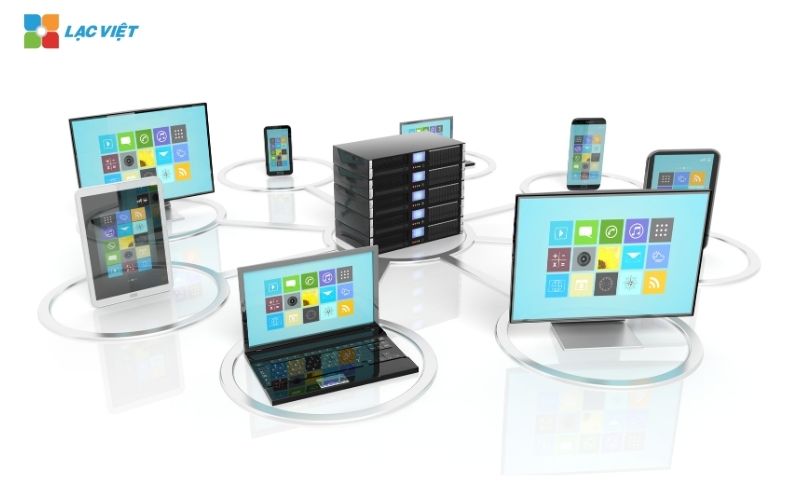
Triển khai lắp đặt hệ thống mạng ngay với giải pháp mạng từ Lạc Việt, hơn 30 năm kinh nghiệm về thi công lắp đặt mạng cho doanh nghiệp
Communication with more than 30 years of experience in the design and construction systems business networkproud to be a trusted partner of many large and small businesses on the market. We not only provide solutions comprehensive network but also always strives to improve the quality of service through the process of advise and implement professional, ensure efficiency and highest safety for the system network of the customer.
With our team of technicians with rich experience receive in-depth training, Vietnam committed to bringing the business:
- System optimal network performance
- Pay attention to the scalability of the system, ensure that the system network can grow with the growth of the business.
- Focus on optimizing budget
- Meet the requirements of security with the advanced technology
- Ensure flexibility, ease of management to help businesses peace of mind operation to focus on core activities, other.
To help Businesses choose the solution that best fits the current needs and development roadmap in the future. That is why many large businesses have trusted choice Lac to build networking platform solid help optimize workflow, asset protection important information.
VIEW DETAILED NETWORK SOLUTION FROM VIETNAM
CONTACT INFORMATION:
- Lac Viet Computing Corporation
- Hotline: 0901 555 063 | (+84.28) 3842 3333
- Email: info@lacviet.vn – Website: https://lacviet.vn
- Headquarters: 23 Nguyen Thi Huynh, P. 8, Q. Phu Nhuan, Ho Chi Minh city
5. Application of the model Client Server in the enterprise
Model Client Server were and are the foundation of many system management and operation of modern enterprise. Depending on the scale, demand, this model can be applied in many areas for different activities. Here are the common applications of this model in the business.
5.1. Data management focus
In an enterprise, data from different departments need to be stored, managed in a data center only. Network model Client Server allows the client to access and manipulate data without the need for local storage.
Benefits:
- The data is managed centrally on the Server to help minimize the risk of loss or damage.
- Easily backup, maintenance, and retrieval of information when needed.
Practical application:
- Storage system internal documents.
- Records management, hr, or customer information in a single database.
For example, A company can store personnel records and employment history on the Server. Employee HR (Client) can access the system to check or update the information without the use of copy individually.
5.2. ERP and CRM
Model Client Server is the main platform for ERP system (Enterprise Resource Planning) CRM (Customer Relationship Management) to help businesses integrate and manage the entire operation in a single system.
Benefits:
- Connect all the departments in the business, from finance, hr, production to sales.
- Provide data under real-time decision support fast, accurate.
Practical application:
- ERP helps to manage production, stock control, and monitor cash flow.
- CRM helps track transaction history customers, manage marketing campaigns, sales optimization.
For example, A manufacturing business can use ERP system based on network Client Server to monitor the production process, inventory, while the sales department use CRM to manage customers.
5.3. Ecommerce
In the field of e-commerce, the website, and applications usually operate based on the model Client Server in which the Client is a browser or application, Server, data storage products, orders, transaction processing.
Benefits:
- Ensure online transactions are fast and secure.
- Manage large amounts of data, customers, products.
- Easy integration with payment gateways, shipping service.
Practical application:
- The floor ecommerce as Shopee, Lazada or Amazon.
- Website online sales of the business.
For example, When customers shop on a website, they (the Client) sends request to view products. Server will handle and pay about product information, price, status inventory.
5.4. Cloud services (Cloud Services)
Many cloud service operation based on the model Client Server, where Server role storage, data processing, also Client access through browser or app.
Benefits:
- The ability to access data anytime, anywhere.
- Integration with other services such as hosting, data analysis, or artificial intelligence.
- Reduce the cost of hardware investment for the business.
Practical application:
- Google Drive, Microsoft OneDrive service, other storage.
- The app SaaS (Software as a Service) such as Salesforce, Trello or Slack.
For example, A business can use Google Drive (Server) to store documents, while employees access (Client) from your computer or phone to download, edit.
5.5. Applications in education and training
In education, the model Client-Server is used to build the system, online learning, where students and faculty can access the document, test, track learning progress.
Benefits:
- Content management, learning focused, easy to update.
- Supported many students to access at the same time without interrupting the system.
Practical application: The online learning platform such as Moodle, Edmodo, or system, LMS (Learning Management System).
For example, A training organization use LMS system to provide lectures, assignments and check out online. Students can access the system from anywhere to join class.
Client Server is one of the network architecture, efficient and reliable way for businesses today. With the possibility of centralized management, high security, flexibility in expansion, this pattern brings the remarkable benefits help businesses optimize operations, enhance performance.
Việc triển khai mô hình Client Server cần có sự tư vấn và hỗ trợ từ chuyên gia IT để đảm bảo phù hợp với nhu cầu cụ thể của doanh nghiệp. Nếu bạn đang tìm kiếm một giải pháp mạng hiện đại hoặc cần mua server cấu hình mạnh giá rẻ hiệu quả, hãy liên hệ ngay với đội ngũ chuyên gia của Lạc Việt để được tư vấn chi tiết và hỗ trợ triển khai hệ thống phù hợp nhất cho doanh nghiệp của bạn.
CONTACT INFORMATION:
- Lac Viet Computing Corporation
- Hotline: 0901 555 063 | (+84.28) 3842 3333
- Email: info@lacviet.vn – Website: https://lacviet.vn
- Headquarters: 23 Nguyen Thi Huynh, P. 8, Q. Phu Nhuan, Ho Chi Minh city

